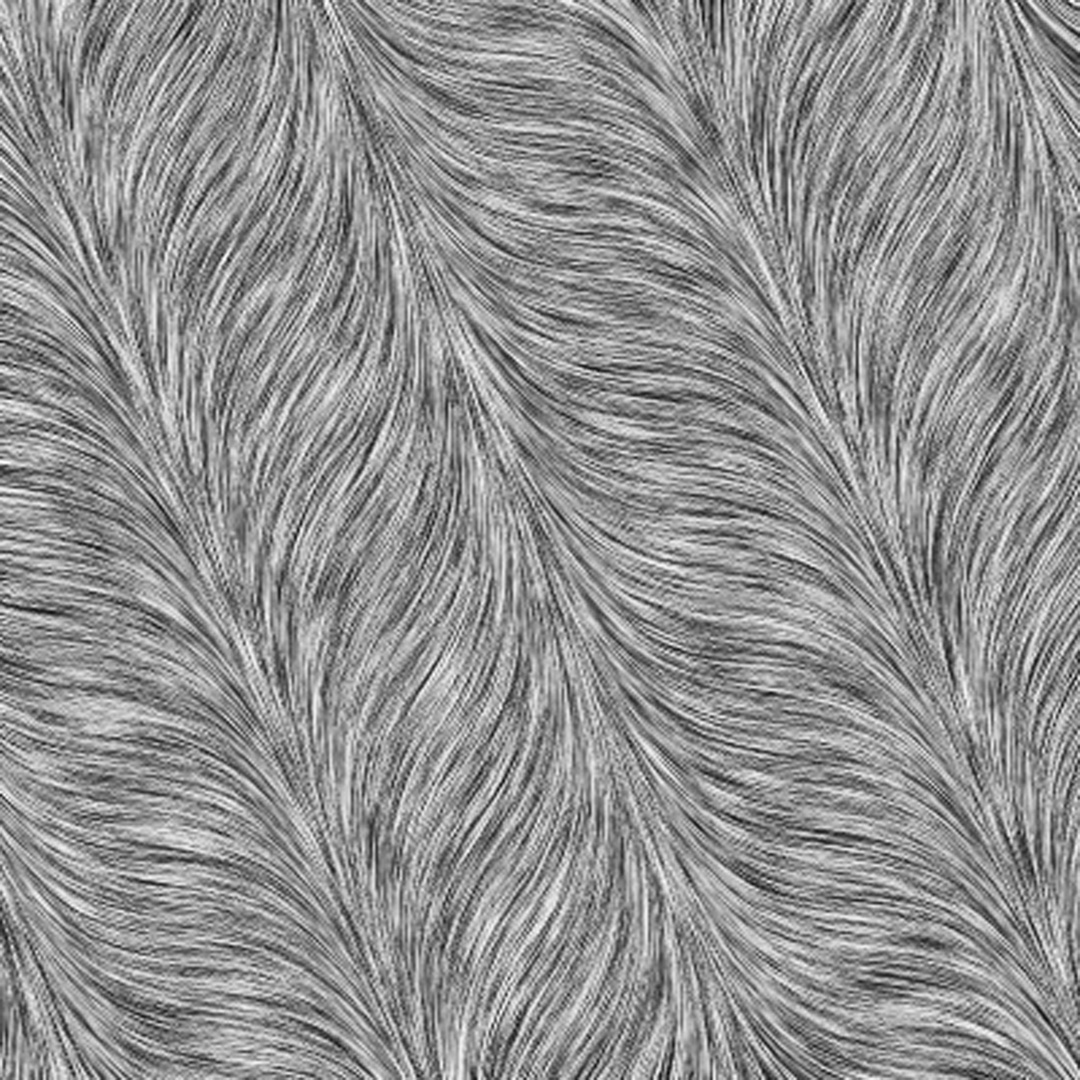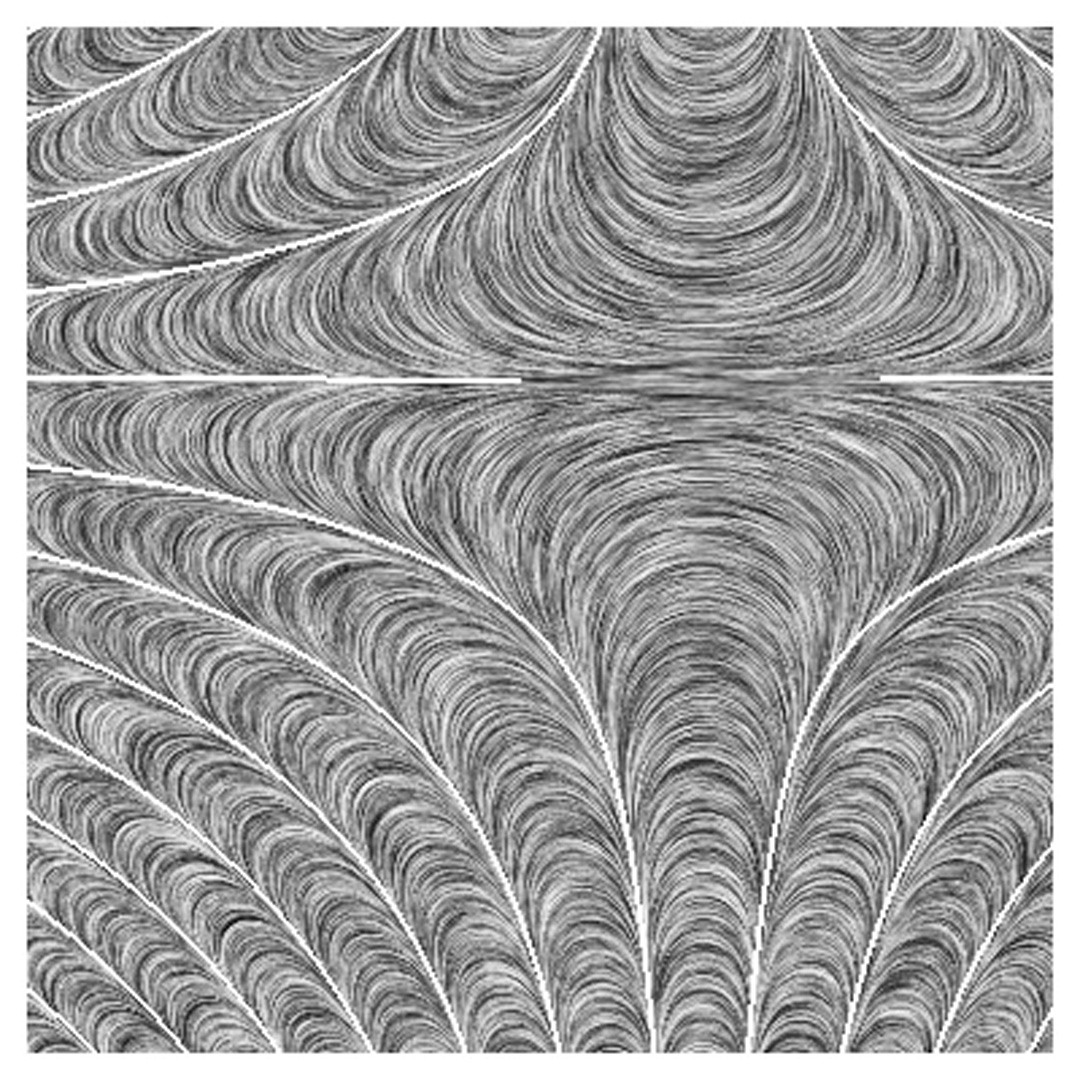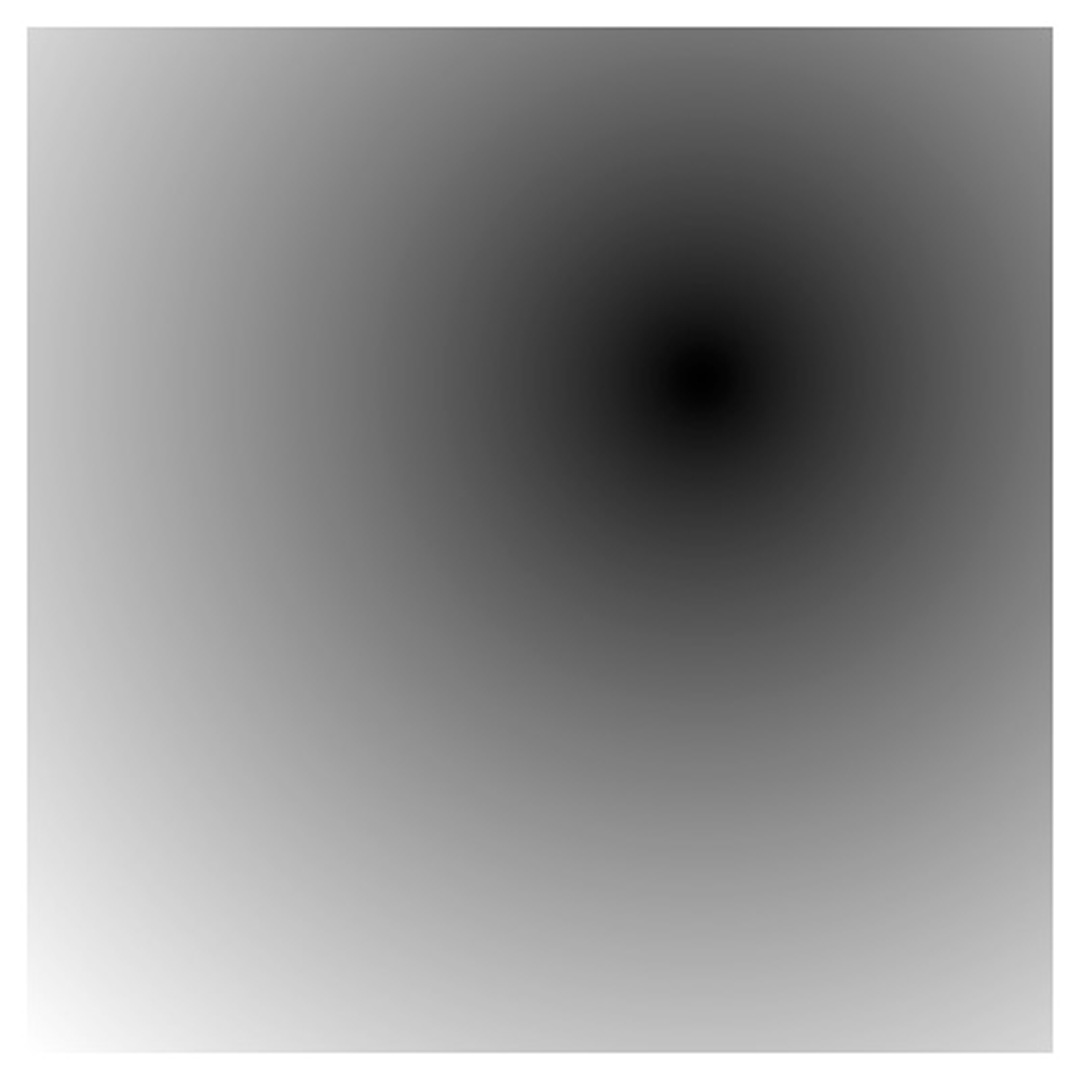“Visualization with smooth oriented textures and flows: insights from perception” by Ben-Shahar
Conference:
Type(s):
Title:
- Visualization with smooth oriented textures and flows: insights from perception
Presenter(s)/Author(s):
Abstract:
Oriented textures and smooth flows are common texture patterns in visualization, non-photorealistic rendering, and graphical depictions of 3D objects. While these patterns have been partially studied in terms of their contribution to the inference of 3D shape, early visual aspects of their perception, and in particular, their segregation and perceptual organization into coherent parts, have been largely ignored. Here we explore the perception of such smoothly varying oriented textures and flow patterns in order to provide several insights and formal constraints to their constructive use in graphics and visualization. First, we challenge the view that salient perceptual singularities between perceptually coherent regions in orientation-defined textures (ODTs) are tightly dependent upon outstanding contrasts (a.k.a. gradients, or discontinuities) in their local orientation. Unfortunately, this widely accepted view has emerged from two decades of psychophysical research into orientation-based texture segregation (OBTS) which focused mostly on piecewise constant ODTs. A more general inquiry, however, into ODTs of smoothly varying orientation, reveals new perceptual phenomena. In particular, as we show here, completely smooth oriented patterns exhibit striking perceptual singularities that often are mistaken for discontinuities, and are neither predictable from orientation contrasts nor are they detectable by popular segmentation algorithms (Fig. 1).In contrast to existing perceptual models, we then show that our previous (differential) geometric analysis of oriented patterns [Ben-Shahar and Zucker 2003] can be extended into a new theory that fully predicts the observed perceptual singularities using a novel computational “perceptual singularities measure” (PSM): [EQUATION] where KT(x,y) and KN(x,y) are the tangential and normal curvatures of the pattern, Ridges() returns the set of ridge points of its argument function, and Π filters this set by the total orientation variation based on a measurable perceptual threshold τ. The proposed PSM was tested in multiple behavioral experiments and was shown to tightly match the perceptual singularities in smooth ODTs (Fig. 2).Often, when oriented textures are used in line-art and non-photorealistic rendering, visualization of transparency, or depiction of 3D shape, their details, and in particular, the relationship between their local orientation and the geometry of the surface on which they lie, are a matter of choice, and properly choosing is still a matter of debate (e.g.,[Girshick et al. 2000]). Based on our findings, we assert that some choices may entail perceptual singularities and segregation within regions that were intended to look coherent. Avoiding such undesired perceptual outcomes can be achieved by integrating the proposed PSM as a formal constraint in the choice of the orientation function that underlies the ODT. On the other hand, the same constraint can be used to convey 2D shape through the deliberate generation of perceptual singularities in smooth ODTs, by specifying a set of desired shape contours which then are used as initial conditions for computing a smooth orientation function that exhibits perceptual singularities along the specified curves.
Additional Images:








